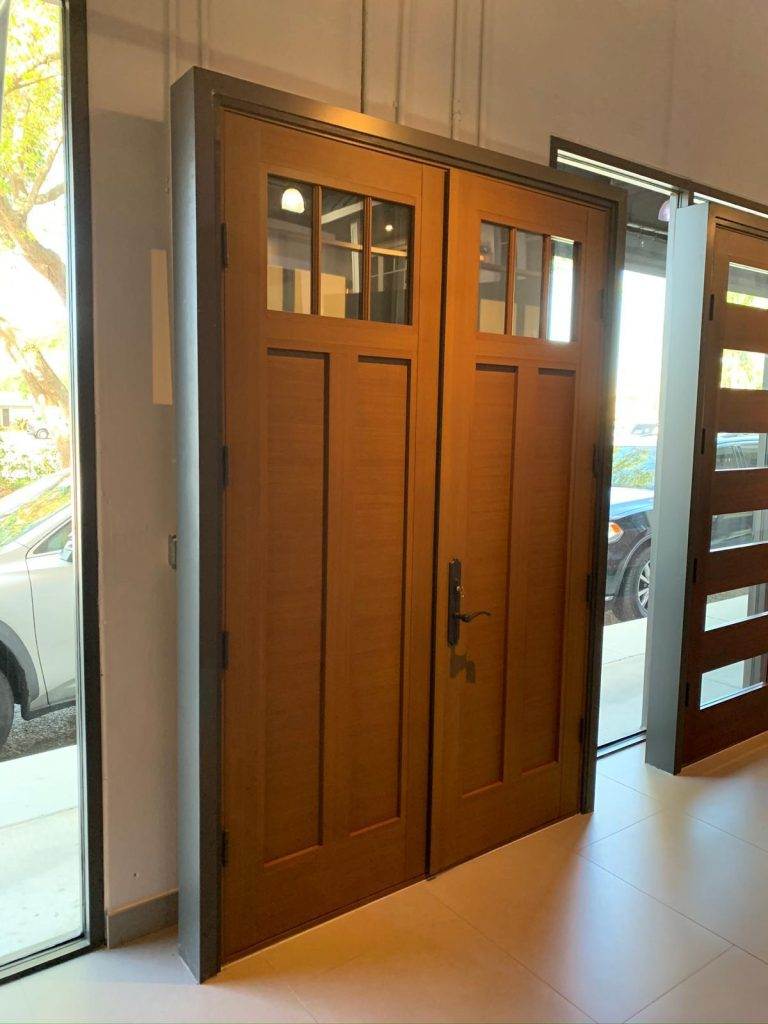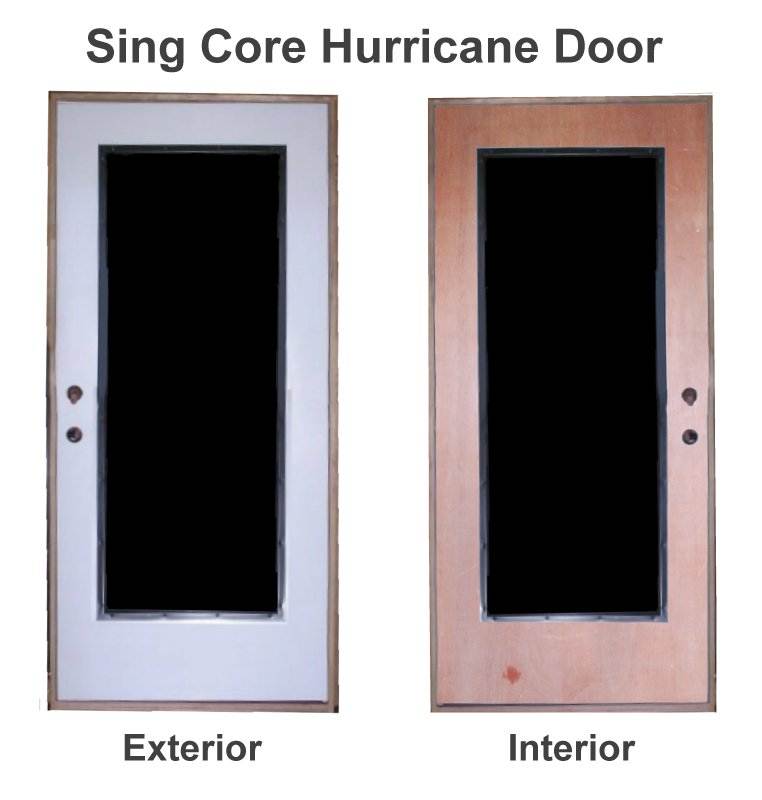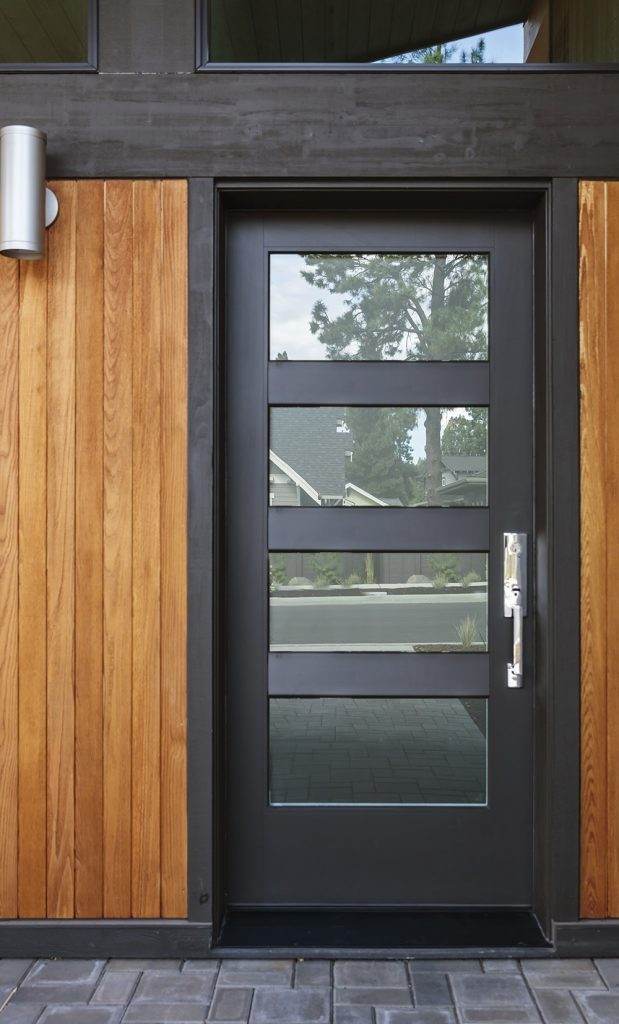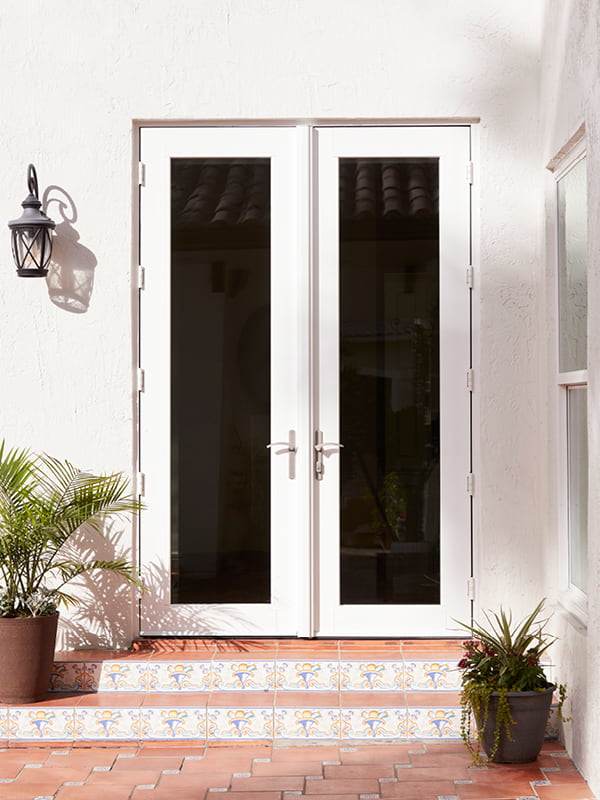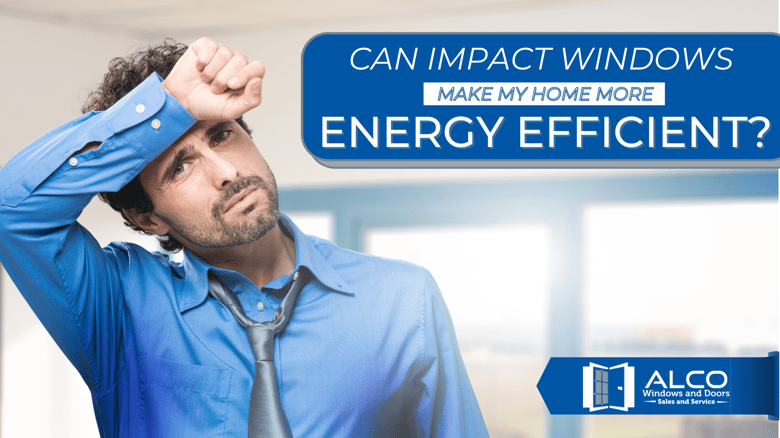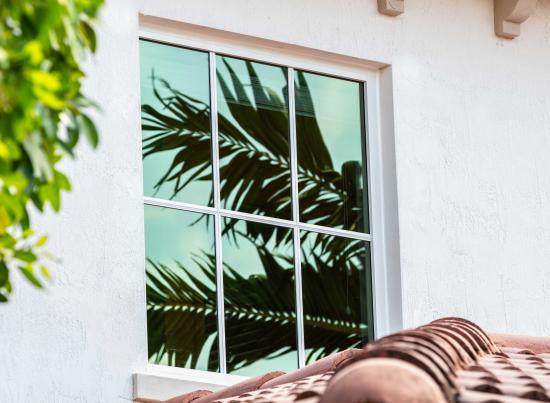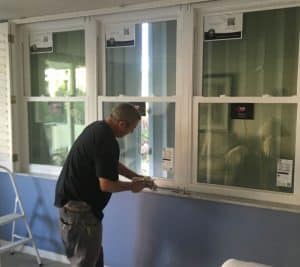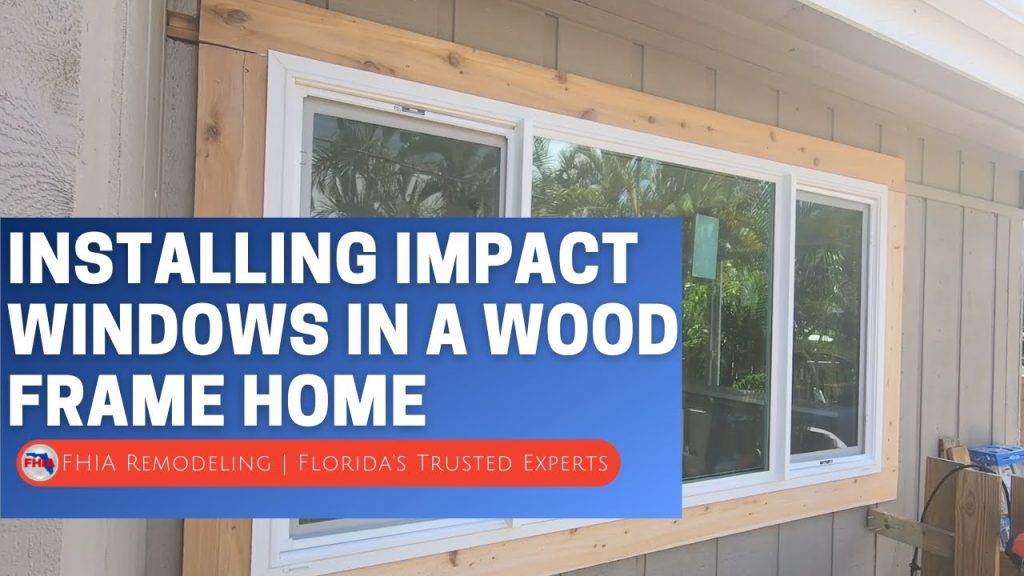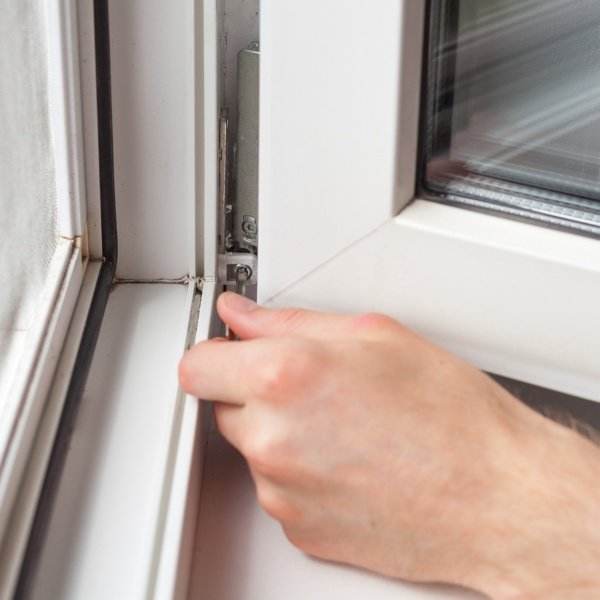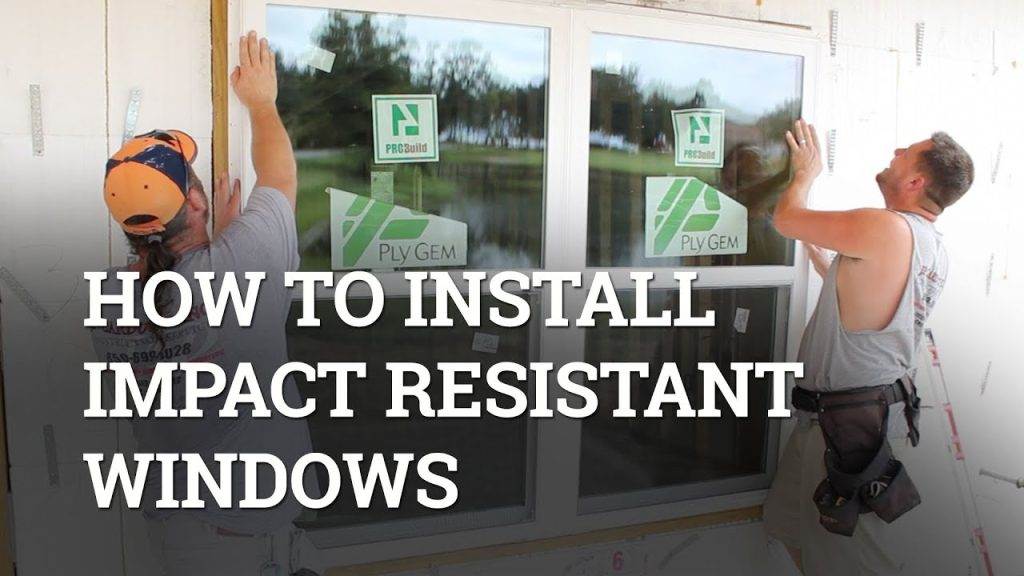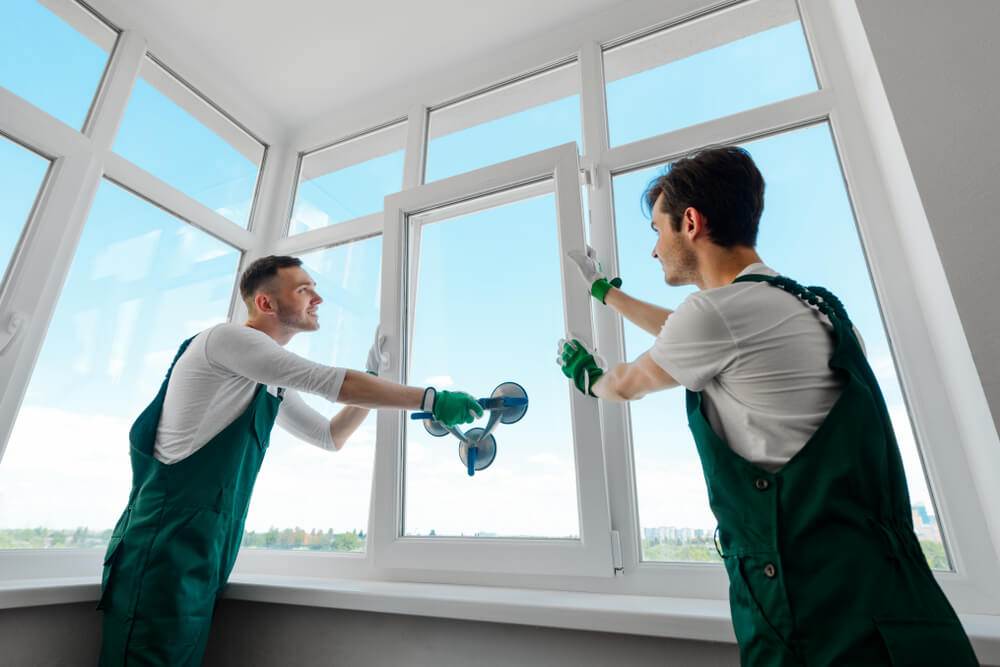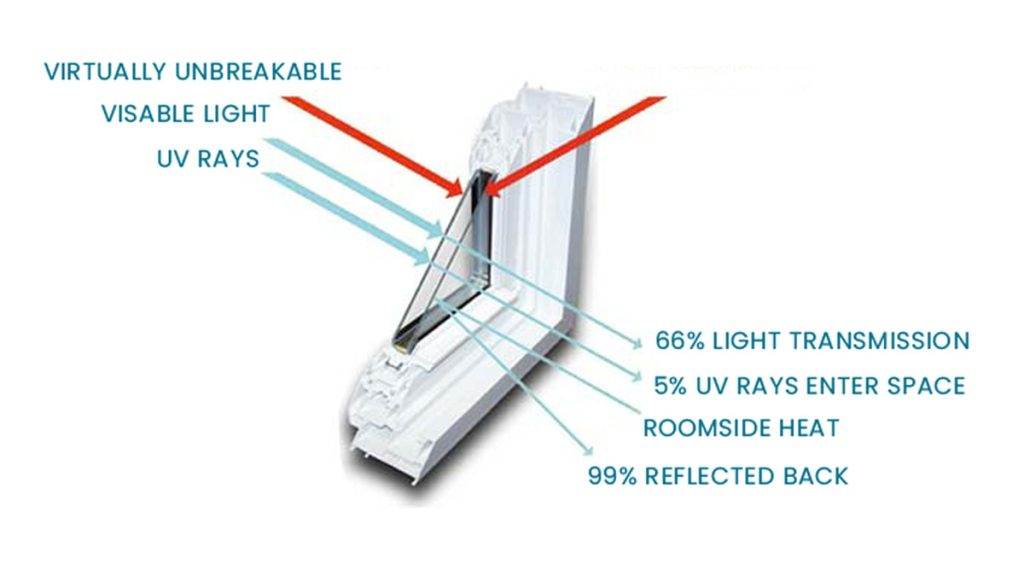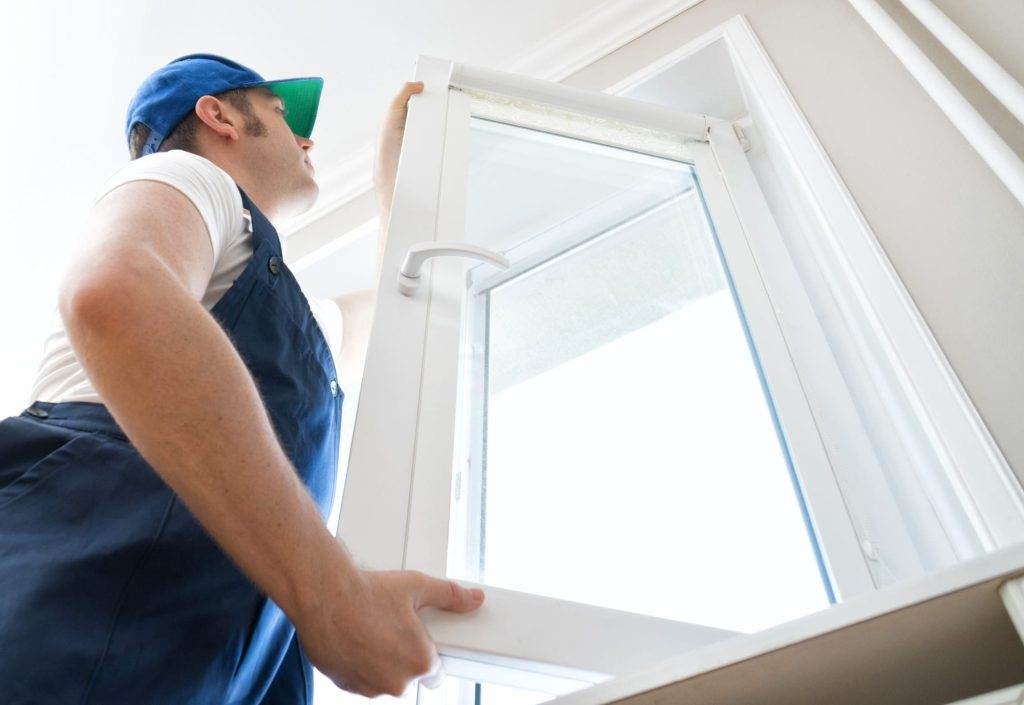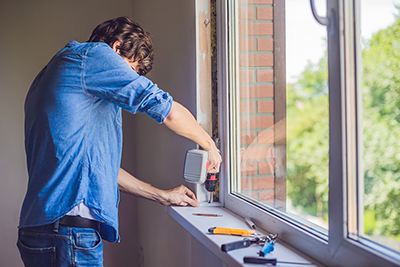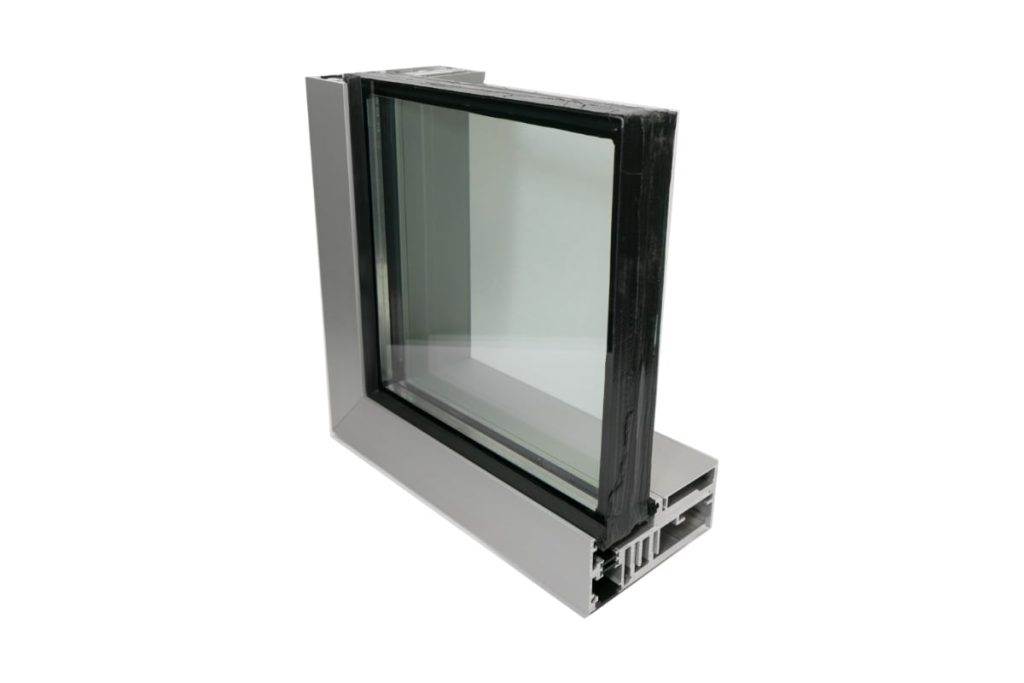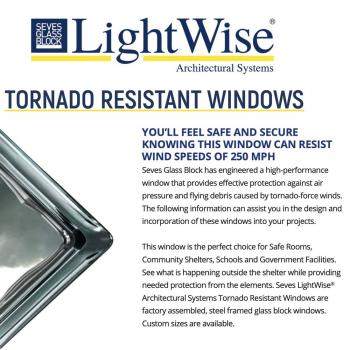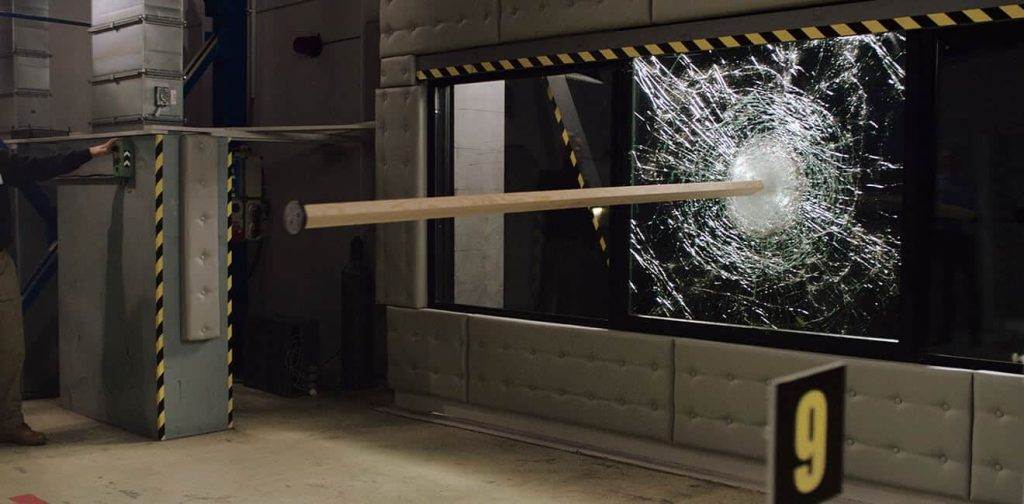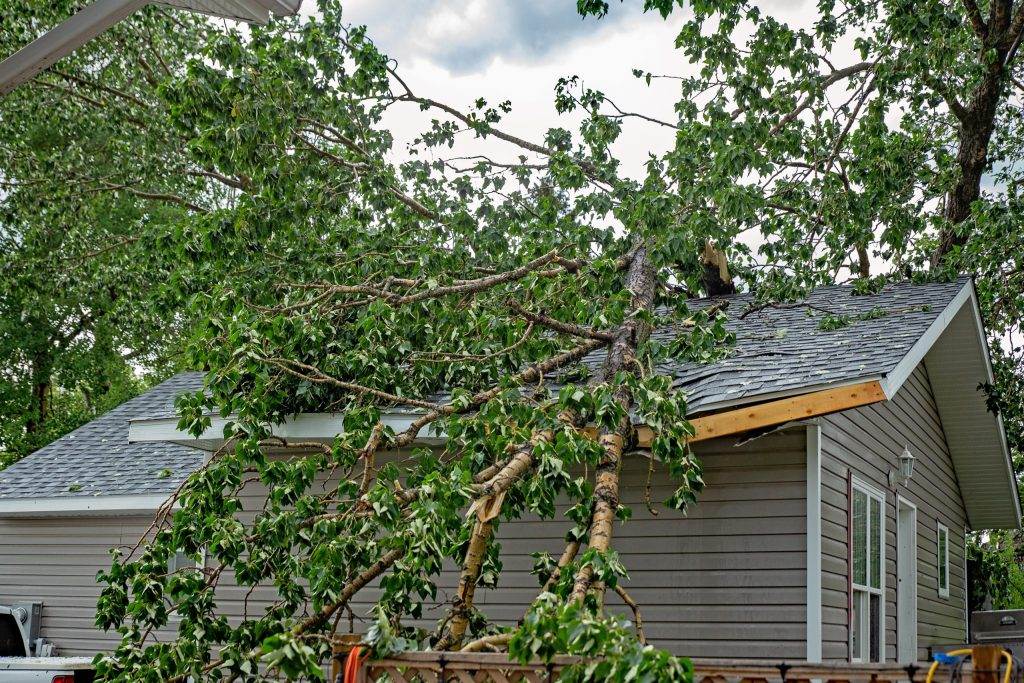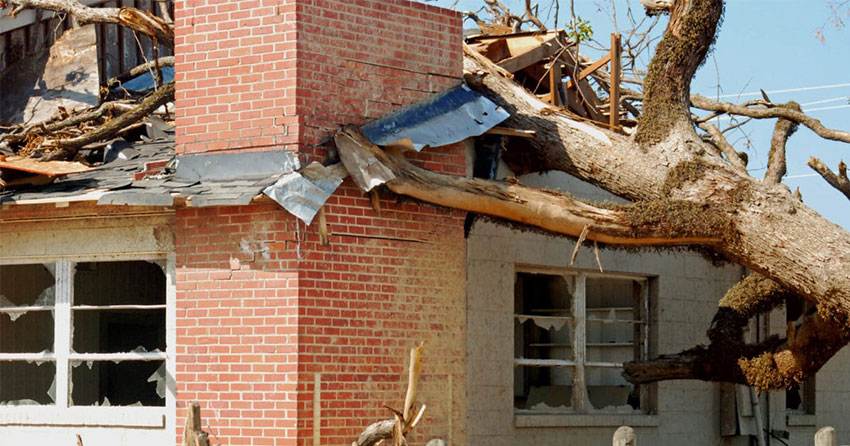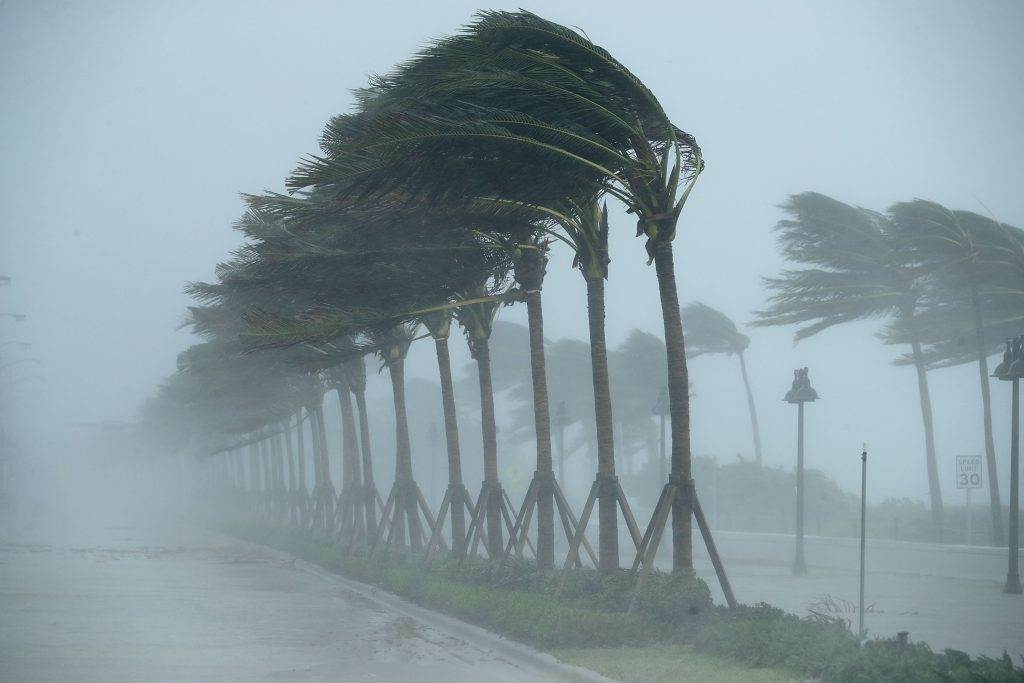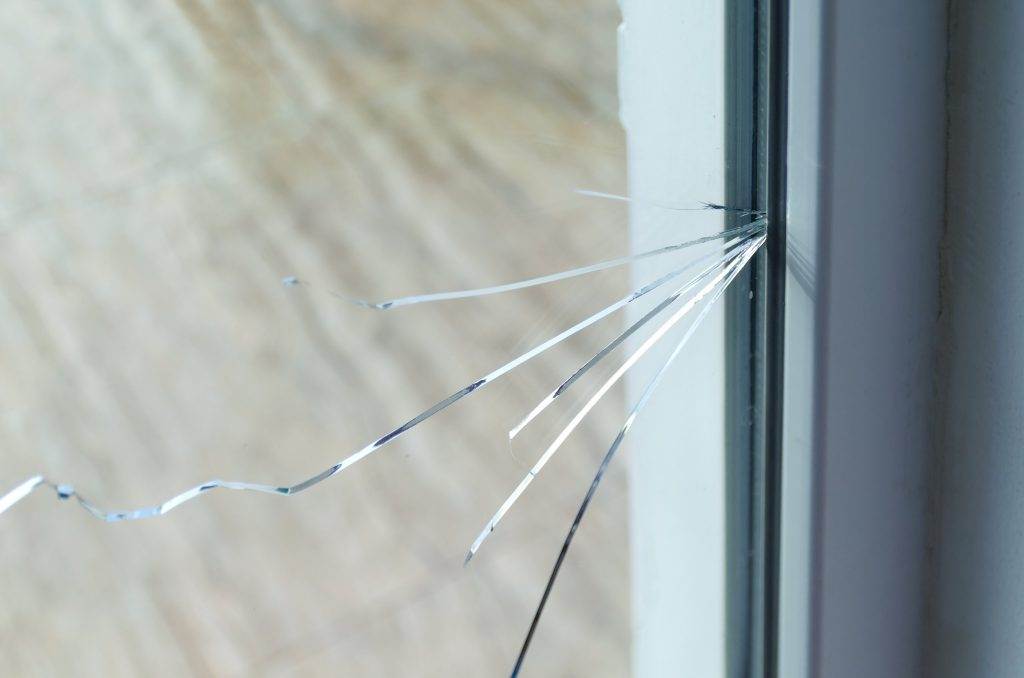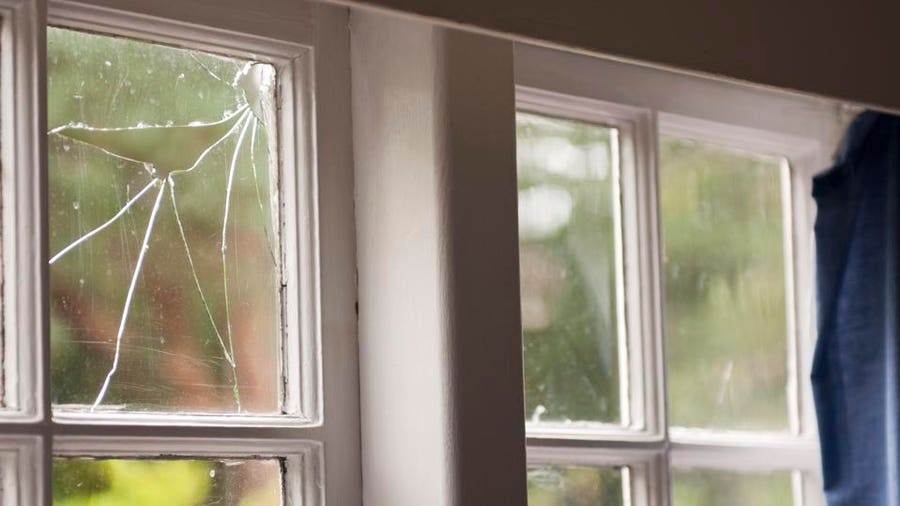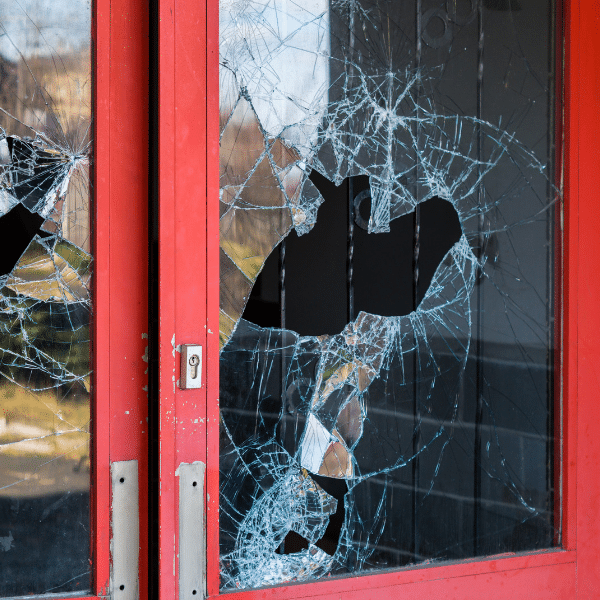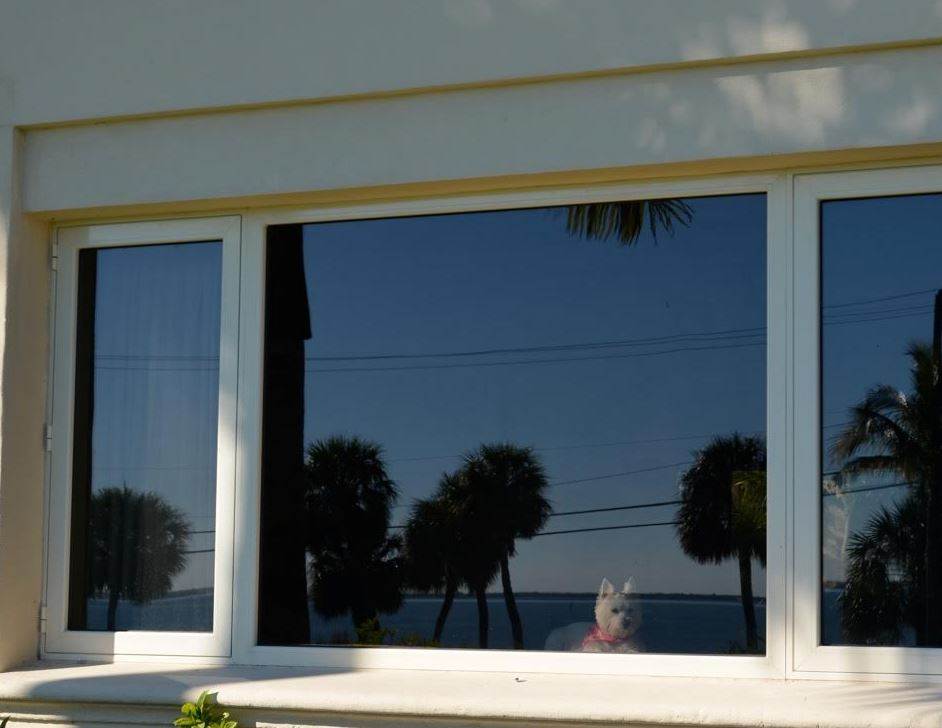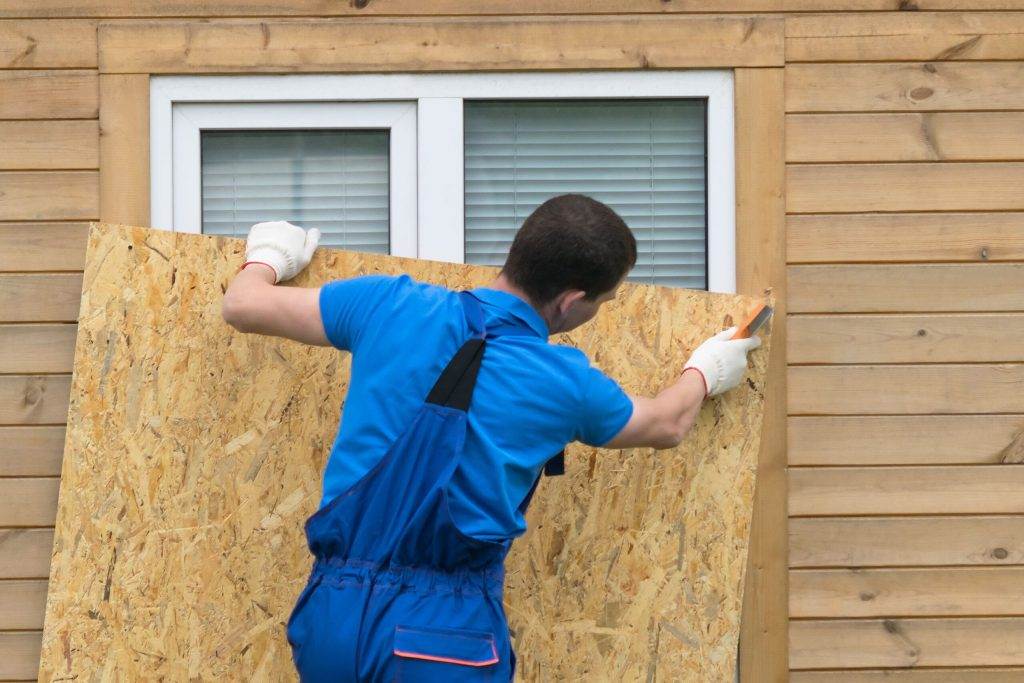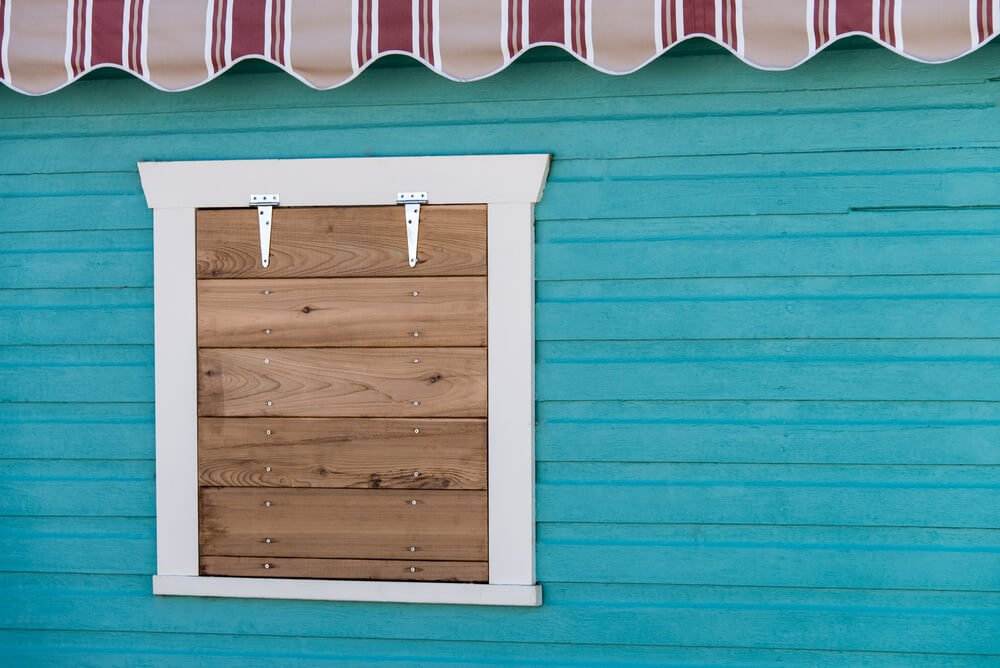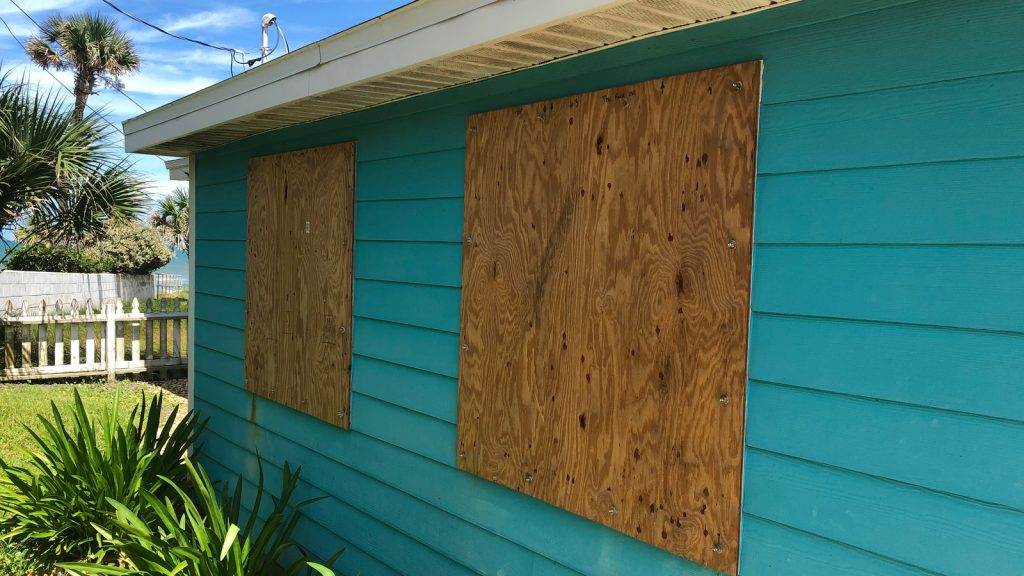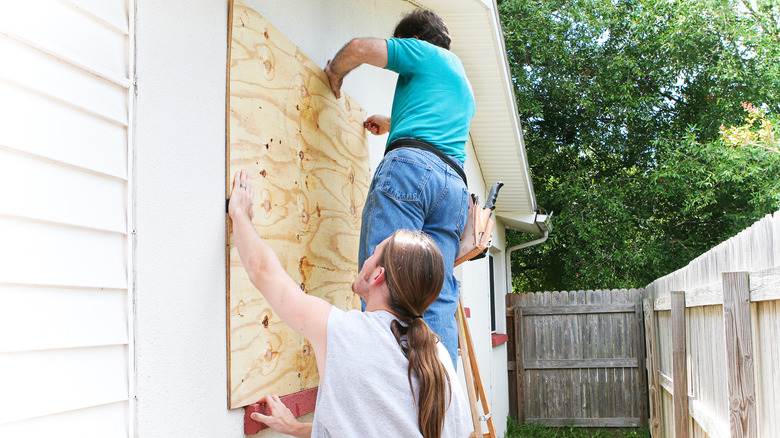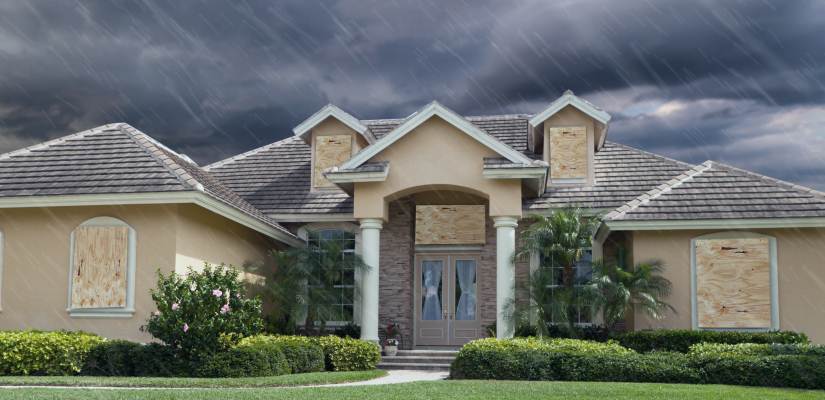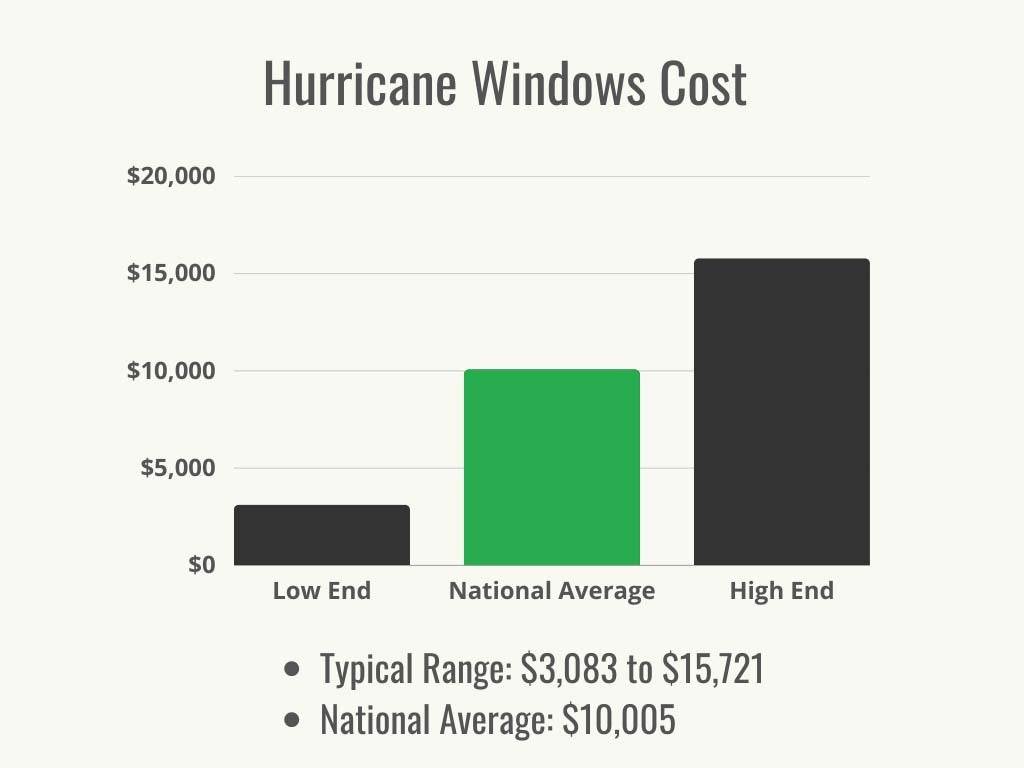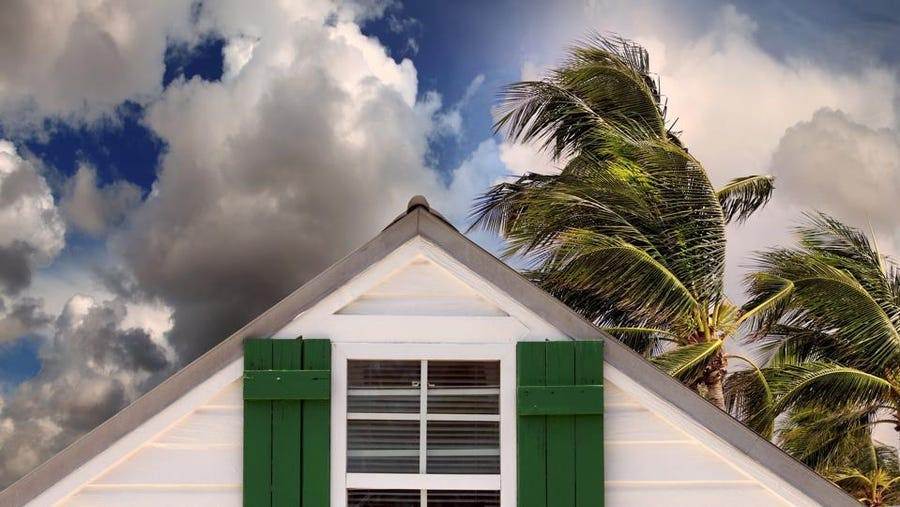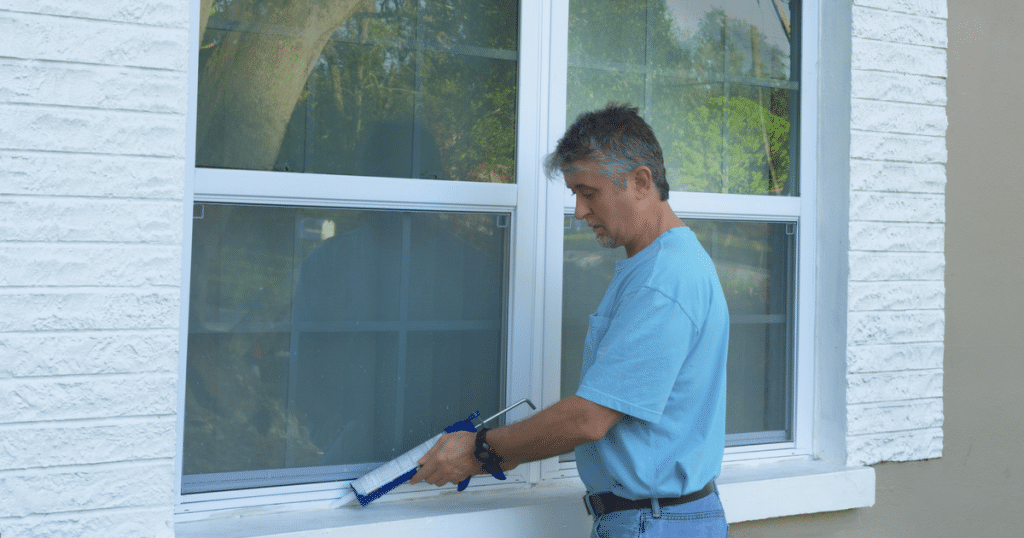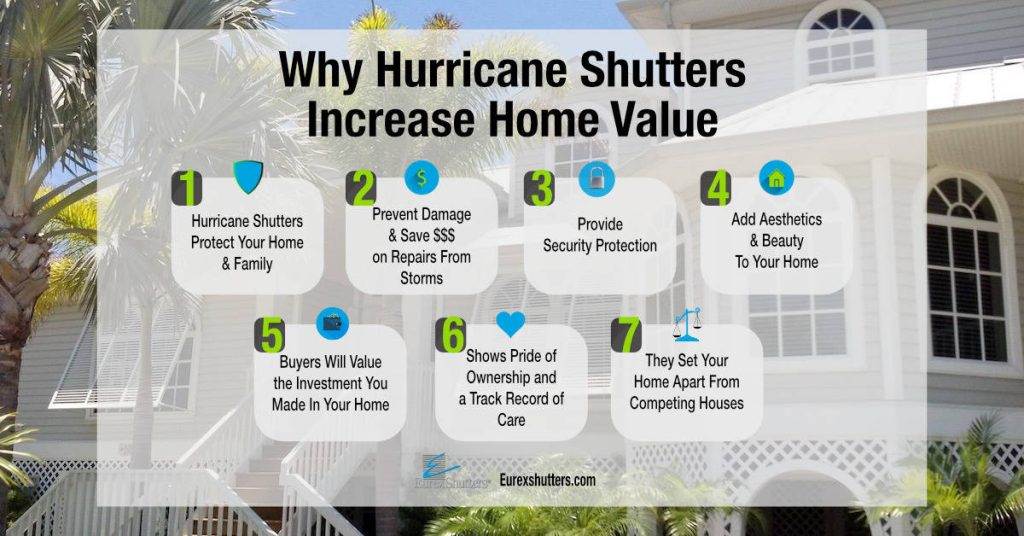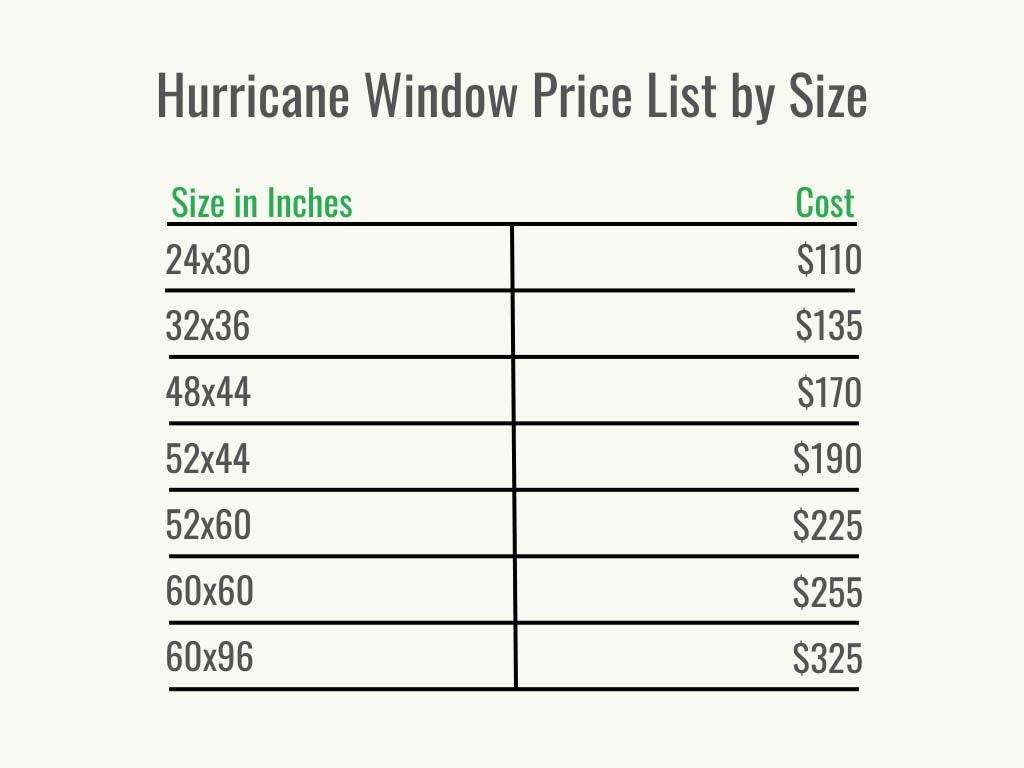In this article, we will explore whether or not impact windows are effective in blocking UV rays. We’ll discuss the importance of UV protection for both our personal health and the longevity of our belongings. By understanding how impact windows work and their specific features, we can determine if they offer the necessary UV protection. Stay tuned to learn how impact windows can contribute to a safer and more sun-protected environment!
What are impact windows?
Impact windows, also known as hurricane windows or storm windows, are specially designed windows that are built to withstand the impact of strong winds and flying debris during major storms. These windows are constructed with multiple layers of glass, laminated with a durable interlayer, and reinforced with a robust frame. While their primary purpose is to provide protection against hurricanes and severe weather conditions, impact windows also offer significant benefits in terms of blocking harmful UV rays.
Definition of impact windows
Impact windows are advanced glazing systems that are designed to protect homes and buildings from the destructive forces of hurricanes and other severe weather events. These windows are made with impact-resistant glass and are designed to remain intact even when subjected to high winds and flying debris. Impact windows are engineered to meet specific building codes and standards, ensuring the safety and security of the occupants.
Features of impact windows
In addition to their strength and durability, impact windows offer a range of features that make them highly desirable for homeowners. These features include:
- Enhanced energy efficiency: Impact windows are designed to minimize heat transfer, keeping the interior of the home cool in the summer and warm in the winter. This can lead to significant energy savings and reduced utility bills.
- Noise reduction: The multiple layers of glass and the laminated interlayer in impact windows help to reduce noise transmission, creating a quieter and more peaceful indoor environment.
- Increased security: The reinforced frames and strong glass of impact windows provide an added layer of security, making it difficult for intruders to break into the home.
- UV ray protection: Impact windows are also effective at blocking harmful UV rays from entering the home, protecting the occupants and the furnishings inside from the damaging effects of UV radiation.
Understanding UV rays
Definition and types of UV rays
UV rays, or ultraviolet rays, are a type of electromagnetic radiation that is emitted by the sun. There are three main types of UV rays: UVA, UVB, and UVC. UVA rays have the longest wavelength and are the most prevalent type of UV radiation that reaches the Earth’s surface. UVB rays have a shorter wavelength and are responsible for causing sunburns. UVC rays have the shortest wavelength and are the most dangerous type of UV radiation, but they are mostly absorbed by the Earth’s atmosphere and do not reach the surface.
Health risks associated with UV rays
Exposure to UV rays can have severe health implications. Overexposure to UV radiation can lead to a range of health problems, including:
- Skin damage: Prolonged exposure to UV rays can cause sunburns, premature aging of the skin, and an increased risk of skin cancer.
- Eye damage: UV rays can also cause damage to the eyes, including cataracts, macular degeneration, and pterygium (a growth on the white part of the eye).
- Weakened immune system: UV radiation can suppress the immune system, making individuals more susceptible to infections and diseases.
- Vitamin D deficiency: Although exposure to UVB rays helps the body produce vitamin D, excessive exposure can lead to an imbalance and a deficiency of this essential vitamin.
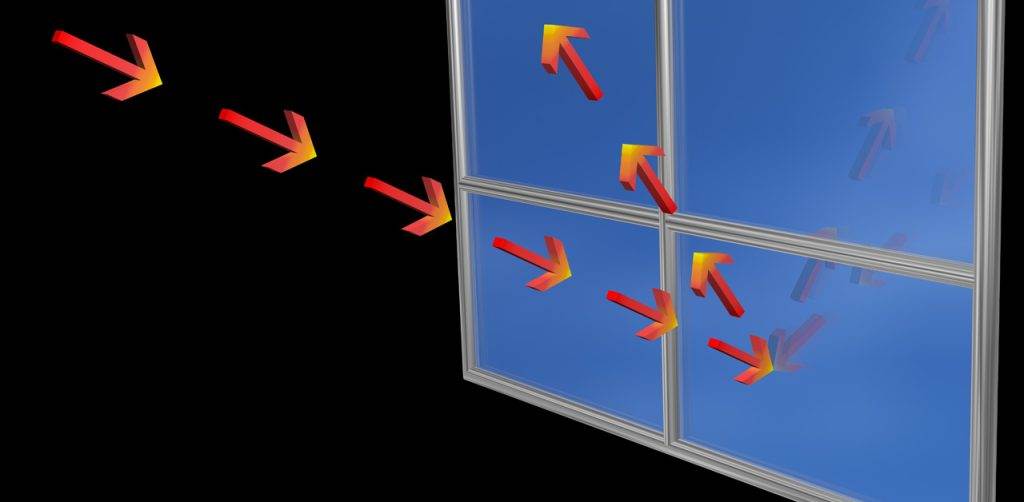
This image is property of approvedcontractorinc.com.
How UV rays affect your home
UV ray damage to furniture and flooring
UV rays can cause significant damage to furniture and flooring inside the home. Over time, UV radiation can fade and discolor wood, fabric, leather, and other materials. This can result in an unsightly and worn-out appearance, reducing the overall aesthetic appeal and value of the home.
Fading and discoloration of fabrics
Fabrics, such as curtains, upholstery, and carpets, are particularly susceptible to fading and discoloration due to UV exposure. The vibrant colors of these fabrics can gradually fade, leading to a dull and unattractive look. Additionally, the prolonged exposure to UV rays can weaken the fibers of the fabric, causing them to become fragile and prone to tearing or fraying.
UV ray penetration through traditional windows
Traditional windows, especially single-pane windows, offer limited protection against UV rays. While they may block some of the UVB rays, UVA rays can easily pass through the glass and enter the home. This means that even when indoors, individuals are still exposed to harmful UV radiation. Additionally, the UV rays that enter the home can still cause damage to furniture, flooring, and fabrics.
The role of impact windows in blocking UV rays
UV protection technology in impact windows
Impact windows include specialized technology that effectively blocks UV rays from entering the home. The key component of this technology is the laminated glass used in the window construction. Laminated glass consists of two or more layers of glass that are bonded together with a durable interlayer, typically made of polyvinyl butyral (PVB). This interlayer acts as a filter, blocking a significant amount of harmful UV radiation.
Types of UV-blocking coatings
In addition to the laminated glass, impact windows can also be coated with a specialized UV-blocking coating. These coatings are transparent and are applied to the surface of the glass during the manufacturing process. They work by reflecting or absorbing the UV radiation, preventing it from passing through the glass and entering the home.
Effectiveness of impact windows in blocking UV rays
Impact windows are highly effective at blocking UV rays. Depending on the specific design and construction of the window, they can block up to 99% of the harmful UVA and UVB rays. This level of UV protection ensures that the occupants of the home are shielded from the damaging effects of UV radiation, providing a safe and healthy indoor environment.
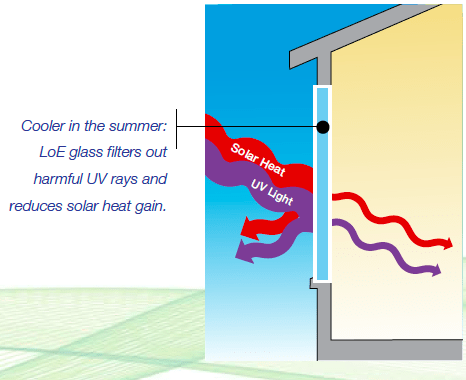
This image is property of www.ecolinewindows.ca.
Benefits of UV ray protection
Preservation of furniture and flooring
By blocking UV rays, impact windows help to preserve the integrity and appearance of furniture and flooring inside the home. Without the damaging effects of UV radiation, wood finishes remain vibrant, fabrics retain their original color, and flooring materials maintain their quality and longevity.
Maintenance of fabric color and quality
Impact windows play a crucial role in maintaining the color and quality of fabrics used in home decor. Curtains, upholstery, and carpets are protected from fading and discoloration, ensuring that they retain their aesthetic appeal and value for longer periods.
Protection against skin damage
The UV protection provided by impact windows extends beyond furnishings and decor. By blocking harmful UVA and UVB rays, impact windows help to protect the skin of the occupants from damage and guard against the risk of developing skin cancer or other UV-related health problems.
Reduction of potential health risks
The reduction of UV radiation inside the home through the installation of impact windows also contributes to maintaining overall health and well-being. By minimizing exposure to UV rays, impact windows can help to reduce the risk of eye problems, strengthen the immune system, and prevent vitamin D imbalances.
Considerations when choosing impact windows for UV protection
Different levels of UV protection
When selecting impact windows for UV protection, it is important to consider the level of UV-blocking effectiveness. Different manufacturers and window models offer varying degrees of UV protection. It is advisable to choose impact windows that have been specifically designed with UV protection technology and have been tested and certified by reputable organizations.
Energy efficiency and UV blocking
Another crucial factor to consider when choosing impact windows for UV protection is their energy efficiency. Impact windows that are designed to block UV rays often also provide enhanced insulation, reducing heat transfer and improving energy efficiency. This can result in lower energy consumption and reduced heating and cooling costs.
Additional features to enhance UV protection
Some impact windows may offer additional features to enhance UV protection. For instance, certain windows may have a low-emissivity (low-E) coating that further reduces the transmission of UV radiation and helps to increase energy efficiency. It is worth exploring these additional features and considering how they align with specific UV protection needs.
Professional consultation for UV protection needs
Consulting with a professional window supplier or installer is recommended when choosing impact windows for UV protection. These experts can provide guidance on the different options available, help understand specific UV protection needs, and ensure that the chosen impact windows meet all safety, building code, and performance requirements.
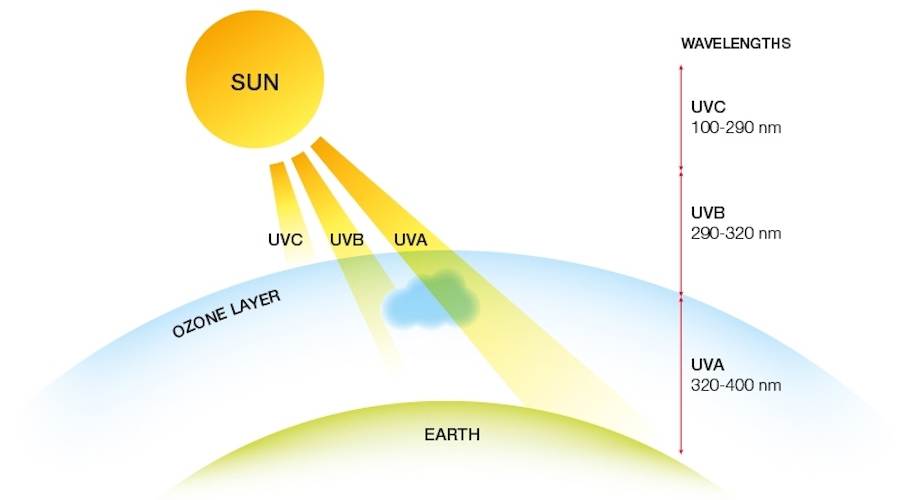
This image is property of brennancorp.com.
Installation and maintenance of impact windows for UV protection
Proper installation for maximum UV blocking
Proper installation of impact windows is essential to ensure maximum UV protection. The windows must be installed by trained and experienced professionals who are familiar with the specific requirements of impact windows. Sealing the windows correctly and ensuring a tight fit is crucial to prevent UV rays from penetrating through any gaps or cracks.
Cleaning and maintenance tips for UV protection
Regular cleaning and maintenance of impact windows are important to maintain their UV-blocking effectiveness. It is recommended to clean the glass with a mild, non-abrasive cleaner and a soft cloth or sponge. Avoid using harsh chemicals or abrasive materials that can scratch or damage the glass or the UV-blocking coatings.
Periodic inspections and repairs
Periodic inspections of the impact windows are necessary to identify any damage or wear that may affect their UV-blocking capabilities. If any cracks, chips, or other signs of damage are noticed, it is essential to have them repaired promptly to maintain the windows’ effectiveness in blocking UV rays.
Cost and investment of impact windows for UV protection
Factors influencing the cost of impact windows
The cost of impact windows can vary depending on various factors such as the size, design, and features of the windows. Energy-efficient options, additional UV-blocking coatings, and customizations may also contribute to the overall cost. It is important to consider the long-term benefits and savings in energy costs when evaluating the investment in impact windows for UV protection.
Long-term savings and return on investment
While the initial cost of impact windows may be higher compared to traditional windows, the long-term savings and return on investment can be significant. Energy-efficient impact windows can help reduce heating and cooling costs by minimizing heat transfer, and the preservation of furnishings and decor can also yield savings by avoiding the need for frequent repairs or replacements.
Financial incentives for UV protection measures
In some regions, there may be financial incentives or rebates available to homeowners who invest in energy-efficient and UV-blocking measures, including impact windows. These incentives can help offset the initial cost and make the investment more financially feasible.
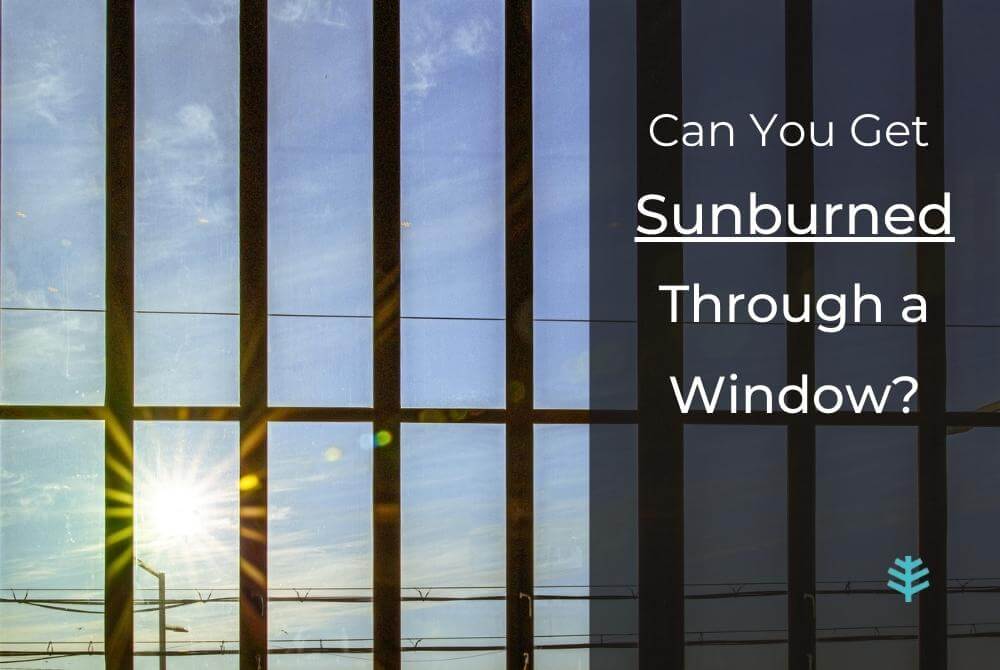
This image is property of blog.coolibar.com.
Comparing impact windows with other UV protection options
Effectiveness and durability comparisons
When comparing impact windows with other UV protection options, it is important to consider their effectiveness and durability. While other options, such as window films or UV-blocking curtains, may provide some UV protection, impact windows are specifically engineered and built to withstand the impact of severe weather conditions and offer significant UV-blocking capabilities.
Cost comparisons
In terms of cost, impact windows may initially be more expensive compared to other UV protection options. However, when considering the long-term benefits, energy savings, and durability of impact windows, they can prove to be a cost-effective choice in the long run.
Aesthetics and design considerations
One factor that sets impact windows apart from other UV protection options is their seamless integration into the architecture and design of the home. Impact windows can be customized to match the style and aesthetic preferences of the homeowner, offering a wide range of design options.
Conclusion
Do impact windows block UV rays? The answer is a resounding yes. Impact windows, with their laminated glass and UV-blocking technology, effectively protect homes and occupants from the harmful effects of UV radiation. From preserving the integrity and appearance of furniture and flooring to reducing the risk of skin damage and health problems, the benefits of UV protection provided by impact windows are undeniable.
When considering impact windows for UV protection, it is important to choose windows that offer the desired level of UV-blocking effectiveness, consider energy efficiency, explore additional features, and consult with professionals for expert guidance. Proper installation, regular maintenance, and inspections are crucial to ensuring the windows continue to provide optimal UV protection.
While the cost of impact windows may be higher initially, the long-term savings, return on investment, and potential financial incentives make them a worthwhile investment. When compared to other UV protection options, impact windows stand out with their effectiveness, durability, and seamless integration into the home’s design.
In conclusion, impact windows are an excellent choice for individuals seeking a UV-free home. The benefits of UV protection far outweigh the investment, making impact windows a wise and practical choice for homeowners. So, if you want to enjoy a sunlit home without the harmful effects of UV radiation, impact windows are the way to go.
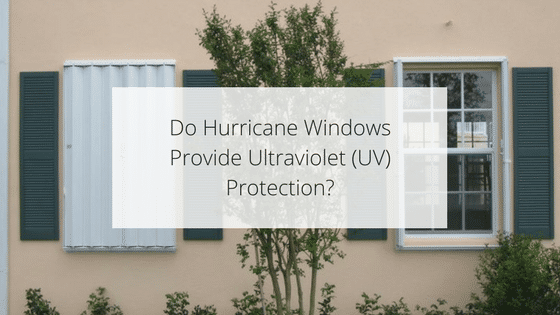
This image is property of www.maxguardhurricane.com.

